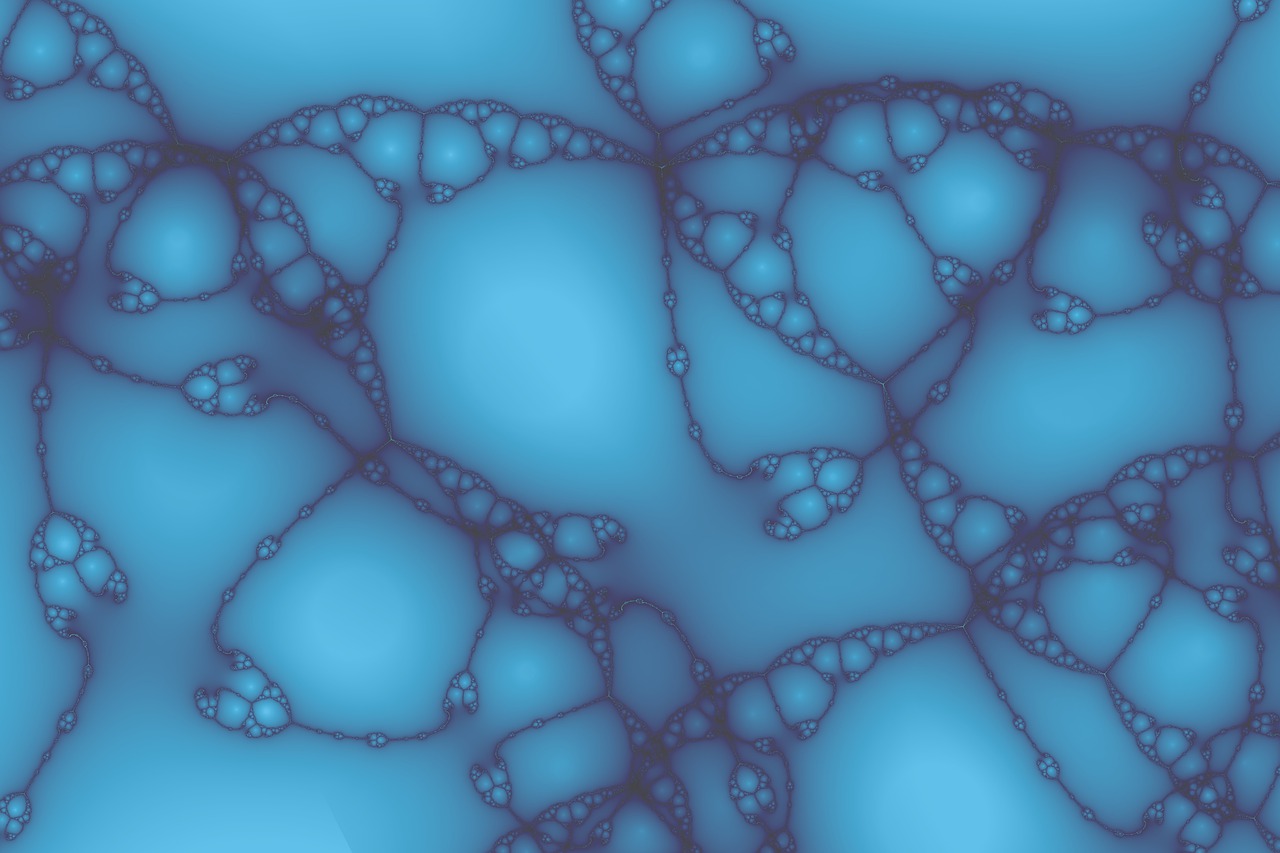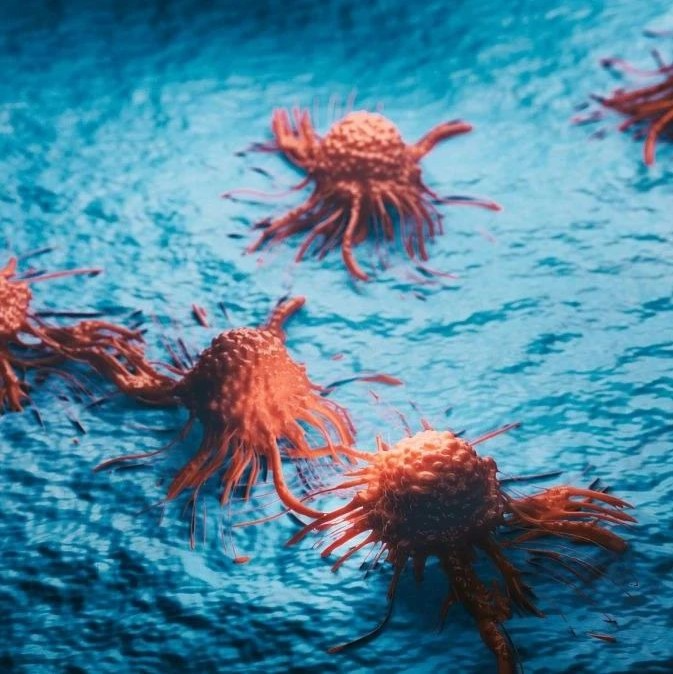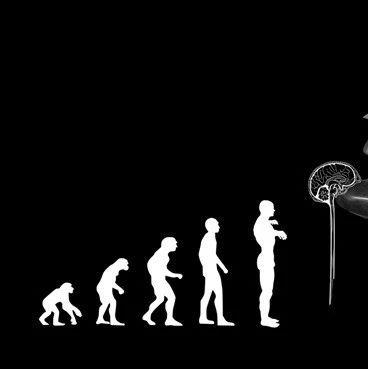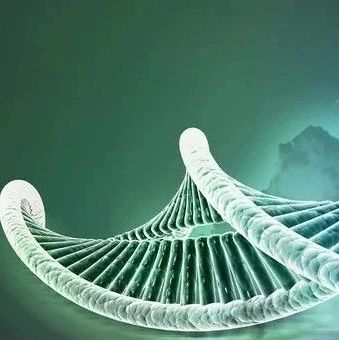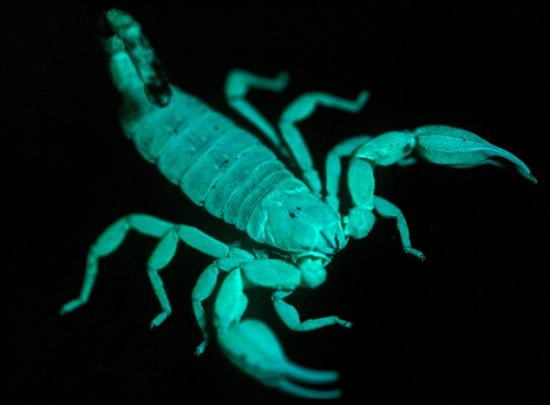
众所周知,蝎子在紫外线照射下会发出明亮的绿光,但是其中的原因却一直令科学家感到困惑。现在科学家终于揭开了谜底。
俄克拉荷马大学的生物学家道格拉斯•加芬研究了蝎子在紫外线照射下发出的荧光,发现它们能够用自己的尾巴“感受”到光线。在进化中,它们具备了这种能力,有助于它们在岩石下快速逃走。
这项研究以“Scorpion fluorescence and reaction to light”为题,在线发表于12月19日的《动物行为》上。

在研究中,加芬的团队蒙上蝎子的眼睛,测试它们对各种不同颜色的光的反应,结果发现,它们的尾巴就像是它们的第二只眼睛。
另外,研究人员还提到,蝎子的外壳能起到“全身光子收集器”作用,在中枢神经系统得到信号之前,它能将紫外线转换成青绿色的荧光,以便于让蝎子检测自己的住所。阻断蝎子外壳的任何部分,都有可能削弱蝎子发出荧光的能力。

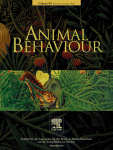 Scorpion fluorescence and reaction to light
Scorpion fluorescence and reaction to light
Douglas D. Gaffina, Lloyd A. Bummb, Matthew S. Taylora, Nataliya V. Popokinaa, Shivani Manna
Scorpions are largely solitary, nocturnal arachnids that glow a bright cyan-green under UV light. The function of this fluorescence is a mystery. Previous studies of four species from three families have shown that scorpion lateral and medial eyes are maximally sensitive to green light (around 500 nm) and secondarily to UV (350–400 nm). Scorpions are negatively phototactic, and we used this behaviour to assay the responses of desert grassland scorpions, Paruroctonus utahensis, to 395 nm UV light, 505 nm cyan-green light, 565 nm green light and no light within small, circular arenas. Based on the eye sensitivity data, we predicted maximal response to 505 nm, followed by lower responses to 395 and 565 nm. In our experiments, however, scorpions responded most intensely (abrupt bouts of locomotory activity) to 395 nm and 505 nm. Next, we ran trials under 395 and 505 nm on scorpions with their eyes blocked. Scorpions with blocked eyes were much less likely to move under 505 nm than under 395 nm and were much less likely to move under 505 nm than were control animals (those without their eyes blocked). These results suggest an active role for fluorescence in scorpion light detection. Other studies indicate that photosensitive elements in scorpion tails are sensitive to green light. We therefore propose that the cuticle may function as a whole-body photon collector, transducing UV light to cyan-green before relaying this information to the central nervous system. Scorpions may use this information to detect shelter, as blocking any part of the cuticle could diminish the signal.
参考文献:https://www.sciencedirect.com/science/article/pii/S0003347211005069


